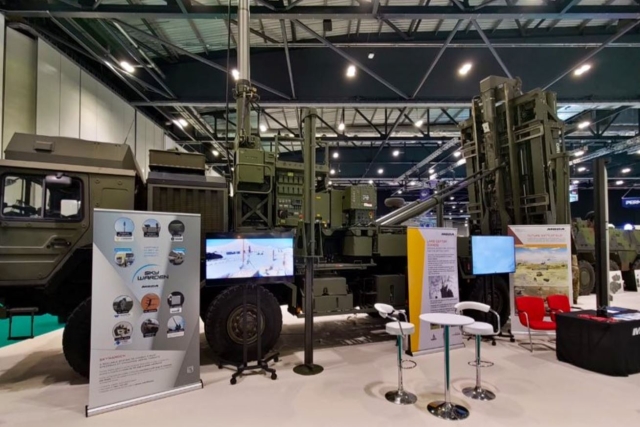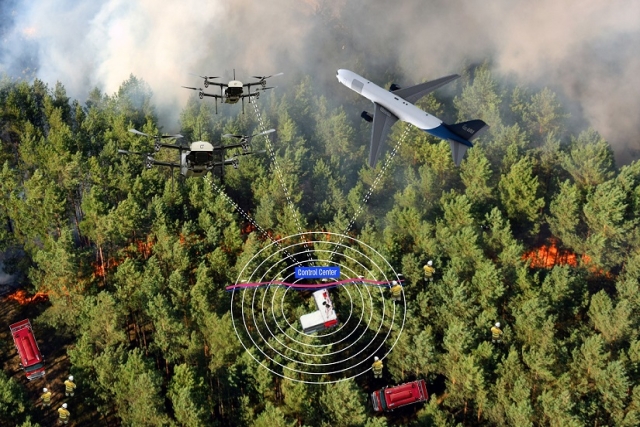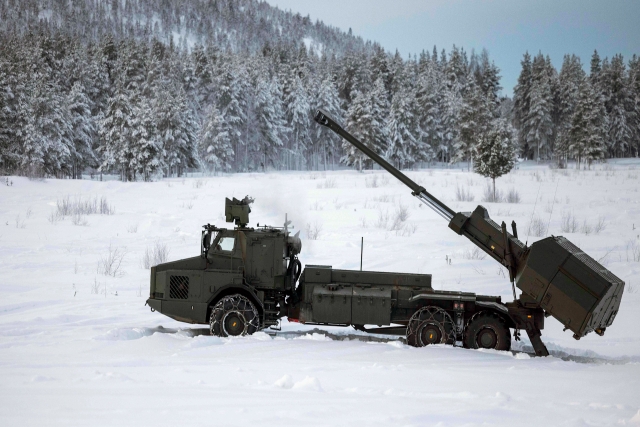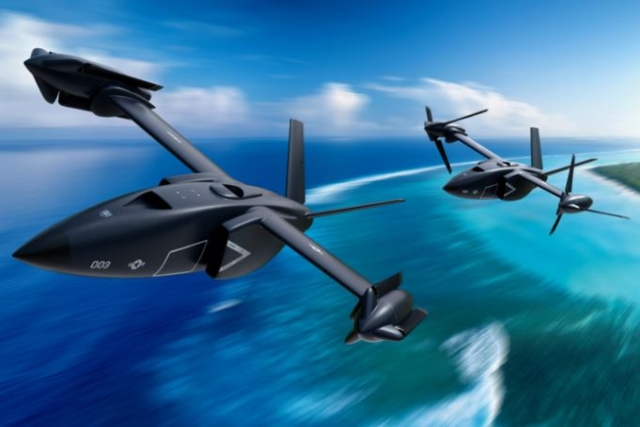Asia Pacific Region To Be World's Largest Naval Market In The World

Bob Nugent, Vice President, Advisory Services, AMI International
Ahead of IMDEX 2013, Defenseworld.net interviewed Bob Nugent, Vice President, Advisory Services, AMI International about the Asia Pacific region's growth into the world' second largest naval market and how modernization will affect the region.
DW : The Asia Pacific region is now the world’s second largest naval market. Could you elaborate on this?
Bob Nugent: We measure the naval market in several ways. First, by number of new “platforms”—ships and craft of all sizes from 15M patrol craft to 300M long aircraft carriers. By this standard, AMI forecasts the A-P region—made up of 16 countries–will build over 1000 new naval/coast guard platforms in the next 20 years. This makes the A-P region the largest future naval market in the world, followed by the US (1029 new platforms) and the Mid East/North Africa region (661 new platforms) Measured by market value (acquisition cost of the new platform and all systems on it), the United States remains the largest naval market in the world, with new ships and craft valued at USD 280 Billion, followed by the Asia-Pacific region (USD 196B) and NATO/Europe (21 countries spending a total of USD 160B). This measure reflects the larger and more costly aircraft carriers, cruisers, submarines and destroyers that the US Navy plans to acquire. The growth in the value of the A-P future naval market value reflects some of the same trends—A-P region navies are acquiring larger and more expensive platforms like aircraft carriers, large amphibious ships and submarines. A-P nations are also spending more overall on their navies and coast guards, enabled and driven by the economic growth and increase in seaborne trade that have characterized the region over the past quarter century.
DW : What can you tell us about projections indicating naval market spending expected to hit US$181 billion on some 740 ships over the next 20 years?
Bob Nugent: As noted above, our latest 20 year forecast for new naval platform spending worldwide has now increased to over 3800 new hulls with a market value (acquisition cost) of over 780 Billion USD. Within this global market, A-P nations are expected to spend about 200 Billion USD to acquire over 1000 new platforms—indicating the dynamic nature of the A-P market and its growth in future procurements even in the last year since we made the initial 180B/740 platform forecast. The three largest global naval market segments by value are: Submarines, destroyers and frigates. Within the Asia-Pacific region, spending on new naval platforms is concentrated in submarines (60B USD, almost one third of all new naval ship spending for the region). Also high on the “new build” spending list for the A-P are destroyers, frigates and large aviation capable ships (aircraft carriers in China and India, large amphibious ships in Japan, Korea).
DW : How will UAVs contribute to Navy modernization in Asia?
Bob Nugent: Land-based long-range UAVs are complementing and in some cases will substitute for traditional manned patrol aircraft for maritime reconnaissance conducted by A-P navies. The US Navy’s P-8 Maritime Patrol Aircraft (which India has purchased) and the “BAMS” (Broad Area Maritime Surveillance) unmanned aerial vehicle are designed to operate together. The use of land-based UAVs can significantly extend the duration and operational reach of traditional land-based maritime patrol resources centered on piloted aircraft. Significant technical progress has also enabled a wider variety of UAVs to operate from ships at sea over the past decade. Both “fixed wing” (aircraft) and “vertical takeoff” (helicopter type) UAVs are being operated from ships –mostly in reconnaissance and patrol roles now. However, the future will see a wider variety of sea-based UAVs conducting more missions from a wider variety of ships and craft. As we note in our forthcoming article on ship-based UAVs to appear in Monch’s Naval Forces magazine next month: “Current unmanned aerial systems significantly extend intelligence surveillance and reconnaissance coverage, yet few are currently designed or offered for the important patrol and security craft market segment. Severe space restrictions and lack of flight decks typical of 10-70m craft have hindered adapting UAS for onboard operation. A sea change is in sight for small ship UAS as increasing demand, emerging requirements and new technologies are combining to increase options for operating UAS on 10-70m craft to facilitate local, real-time monitoring of maritime interests from even the smallest naval and security platforms.”









